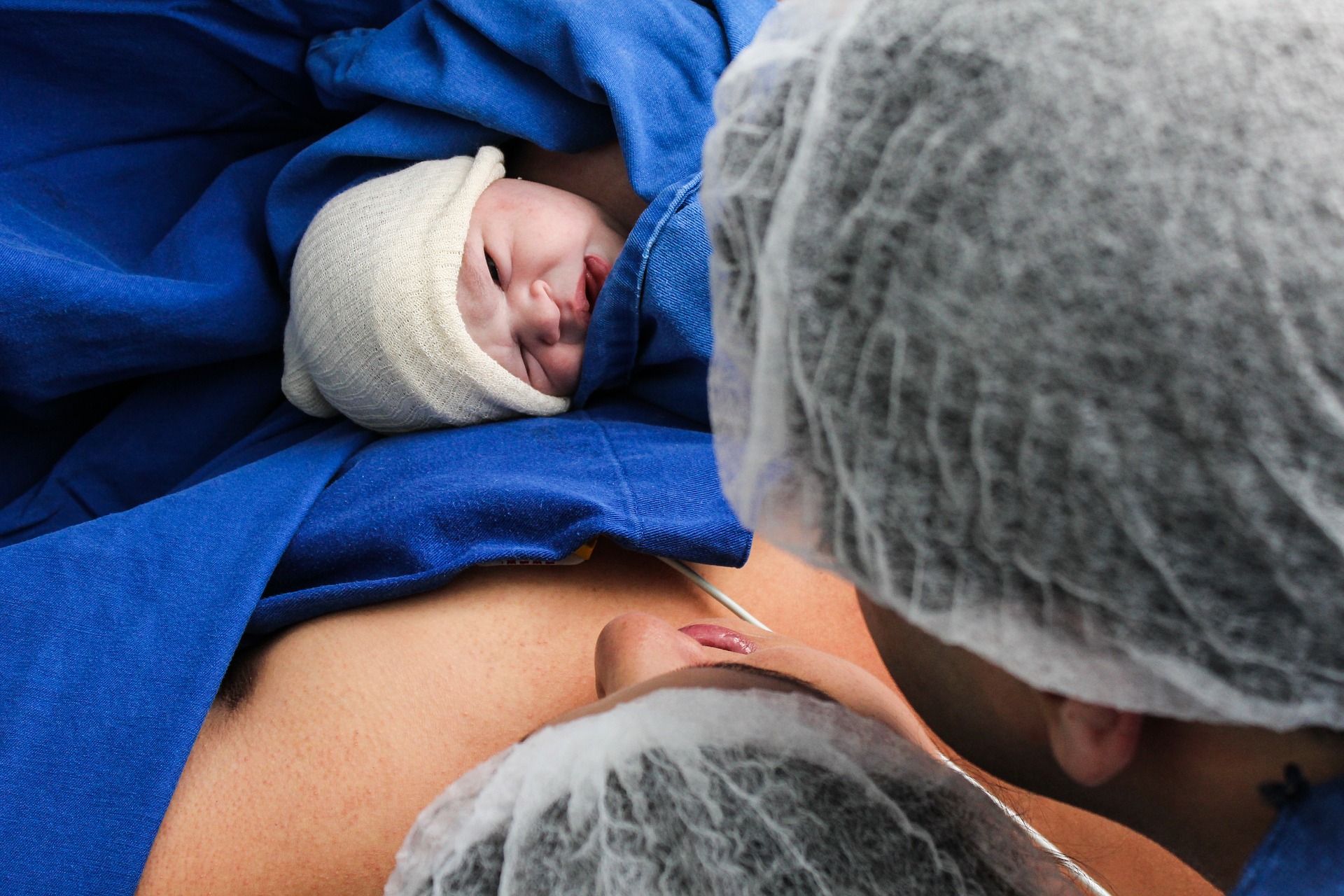Início Enfermagem obstétrica e o parto humanizado
enfermagem obstétrica

Enfermagem obstétrica e o parto humanizado
Resumo:
Introduction: Childbirth care has undergone changes, becoming highly technological. This technocratic model is very ingrained in professional practices, valuing technology as a sign of successful delivery, leading to the indiscriminate use of unnecessary interventionist practices, in addition to inhumane care. Review: The objective of the article was to identify how nursing care can help to value humanized childbirth. The realization of this article was through a literature review, researching information on government health programs and published articles that addressed the subject. Discussion: 13 references were selected for the study, nine scientific articles (two in English and seven in Portuguese), two government programs, a book and a publication by the World Health Organization. Final remarks: It was concluded that the humanization of care it is fundamental and involves not only the interaction of the nurse with the parturient, but a whole range of interrelationships, involving government programs focused on the humanization of care, dedication to humanization by hospital managers, which reaches the health team and other employees institution, thus encompassing the entire system where the patient is inserted.
Keywords: obstetric nursing, humanized birth, obstetric violence.
Expandir Resumo
Acessar Texto Completo

Parto normal, dor e métodos não farmacológicos: uma revisão integrativa
Resumo:
Introduction: The woman and ensuring that this is a unique and special moment. The non-pharmacological methods seeks the reduction of pain and provides episodes of relaxation and comfort for the parturient without the risk of harmful side effects to the patient. The objective of this article is to describe the existing non-pharmacological methods for the relief of pain in labor. Review: This is an integrative review that raised 35 studies that describe the benefits of pharmacological methods for pain relief in childbirth. Discussion: The pain of childbirth, historically, is seen as something almost intolerable to deal with, being rewarded only for the pleasure of having the child in your arms. This painful sensation differs according to the cultural, social, and biological aspects of the woman, being seen in some cultures as a necessary pain, an initial milestone in motherhood. Conclusion: If within the process of parturition a humanized team work is carried out, guaranteeing the woman's protagonism in this moment and seeking that the non-pharmacological methods bring benefits for the relief of pain and the promotion of the woman's relaxation, we will have strong evolutions within obstetrics and the reduction of traumatic events for the woman in this unique moment of great value. It is emphasized that these non-pharmacological practices bring greater evolutions in the process of parturition if they are performed in a combined way.
Keywords: pain relief, non pharmacological methods, complementary therapies, birth work.
Expandir Resumo
Acessar Texto Completo

